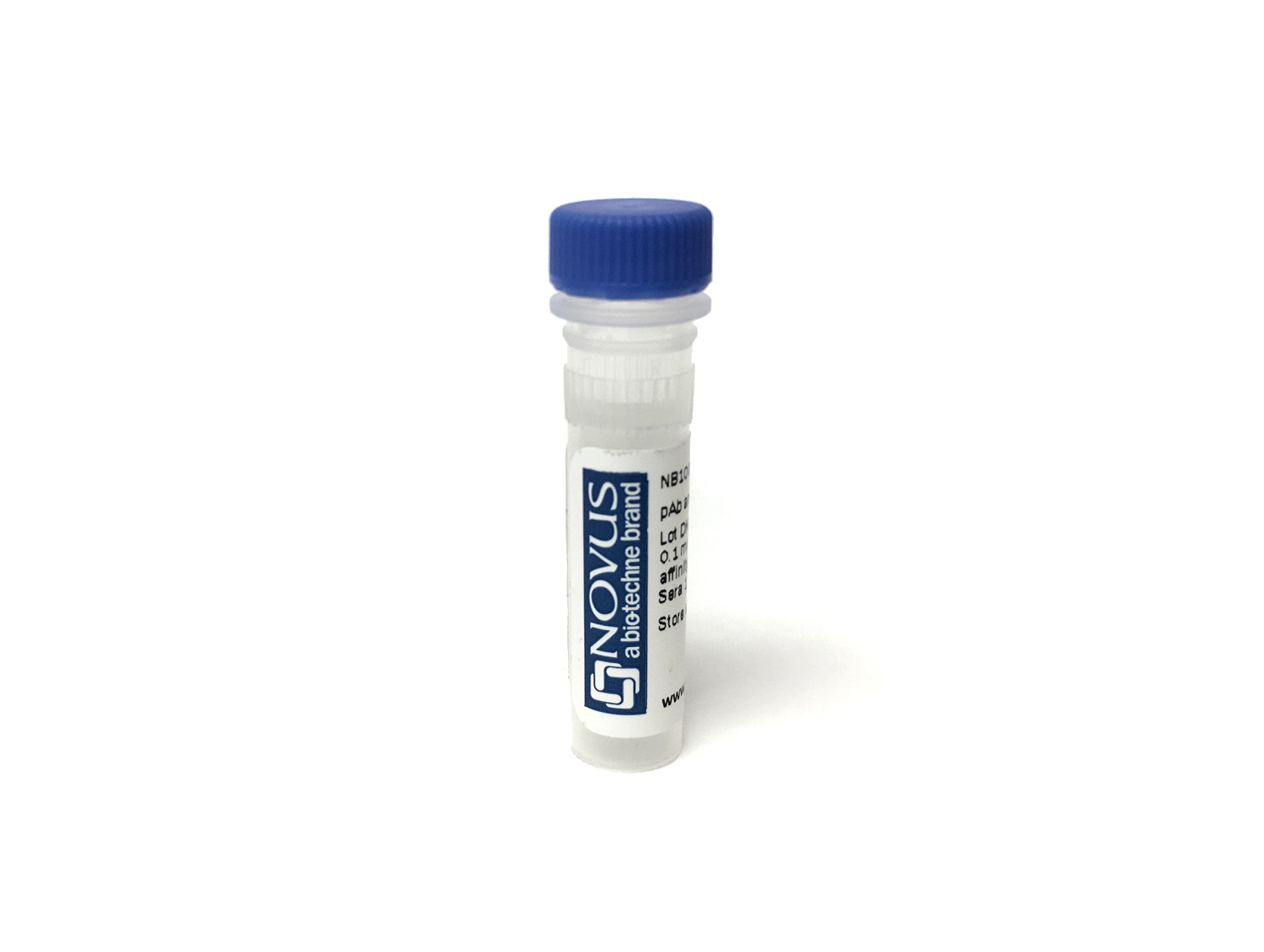Rotavirus Products
Rotaviruses, members of the family Reoviridae, are a major cause of diarrhea in young mammals. Rotavirus infections also result in economic losses in agriculture due to diarrhea in calf, pig, sheep, and poultry rearing. Diarrhea (or scours) due to the rotavirus Nebraska Calf Diarrhea Virus can affect calves up to 30 days of age or older. Diarrhea begins 2 to 3 days after exposure. Diagnosis is by history, lesions (ulcers on the tongue, lips, and mouth) and laboratory tests. Mortality rates may be as high as 50 percent, depending on the secondary bacteria present. Human rotaviruses, the major etiological agents of severe infantile diarrhea worldwide, display very diverse and complex serotypic specificities. Rotaviruses are 70 nm, non enveloped viruses comprised of a triple layered protein capsid; Outer capsid proteins are VP4 and VP7, Inner capsid -VP6 and Core -VP2. The immunity acquired from exposure to rotavirus appears to be type specific following initial infection. Therefore, multiple serotypes of rotavirus mean multiple opportunities for infection. The combination of animal reservoirs for the virus and rotavirus gene reassortment provides the potential for dramatic genetic shifts (similar to influenza virus) which could give rise to altered host ranges and viral virulence.
Show More
2 results for "Rotavirus" in Products
2 results for "Rotavirus" in Products
Rotavirus Products
Rotaviruses, members of the family Reoviridae, are a major cause of diarrhea in young mammals. Rotavirus infections also result in economic losses in agriculture due to diarrhea in calf, pig, sheep, and poultry rearing. Diarrhea (or scours) due to the rotavirus Nebraska Calf Diarrhea Virus can affect calves up to 30 days of age or older. Diarrhea begins 2 to 3 days after exposure. Diagnosis is by history, lesions (ulcers on the tongue, lips, and mouth) and laboratory tests. Mortality rates may be as high as 50 percent, depending on the secondary bacteria present. Human rotaviruses, the major etiological agents of severe infantile diarrhea worldwide, display very diverse and complex serotypic specificities. Rotaviruses are 70 nm, non enveloped viruses comprised of a triple layered protein capsid; Outer capsid proteins are VP4 and VP7, Inner capsid -VP6 and Core -VP2. The immunity acquired from exposure to rotavirus appears to be type specific following initial infection. Therefore, multiple serotypes of rotavirus mean multiple opportunities for infection. The combination of animal reservoirs for the virus and rotavirus gene reassortment provides the potential for dramatic genetic shifts (similar to influenza virus) which could give rise to altered host ranges and viral virulence.
Show More
| Reactivity: | Virus |
| Details: | Sheep IgG Polyclonal |
| Applications: | ELISA |
| Reactivity: | Virus |
| Details: | Goat IgG Polyclonal |

